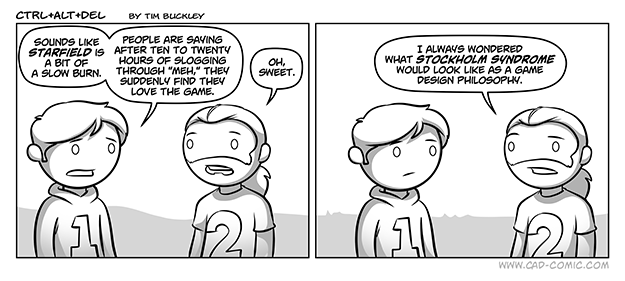I’ll admit, at first glance it’s kind of funny seeing all these people struggle with games that are twenty years old (an example, if you haven’t seen these compilations floating around. Thanks to Neogaf forums for this one). My first reaction is similar to those found in the articles and comments accompanying these images: Gamers these days can’t cut it in “real” games.
But let’s be honest… if hints and tips had been quite so easily and freely accessible in the 80’s and 90’s, a ton of gamers from that era would have used them just as quickly. I don’t think the lack of the option for this sort of help necessarily means our generation was better gamers. It just means we often had no choice but to smash our faces against the problem until a solution presented itself.
And there’s value in that too… it forced the development of some critical thinking and problem solving skills I’m sure. But again, the Miiverse is likely a small cross-section of people playing these classic Nintendo games, and the percentage of those getting stuck and asking to be walked through could very well be the same as gamers in the 90’s who bought strategy guides and called tip lines. It’s just far more visible now.
With that said, though, I do believe there is a gap in difficulty between the generations of games. Todays games are prettier, and more complex, for sure. But they’ve all moved away from some of the core design mechanics that create a sense of challenge in favor of “the experience”, and making sure everybody can access “the experience.”
Infinite continues is a good example. When I was a kid, infinite continues was something you only got through a cheat code. But nowadays you’re hard-pressed to find a game that A) features “lives” as an expendable commodity and B) actually ends the game when you run out of them. There are reasons for this of course, chief among them the move towards more story-oriented gameplay, but the result is still an overall easier experience. When you make failure in games trivial, and at worst a minor inconvenience, you take away from the challenge.
In the original Everquest, if you died, you lost experience. You also had to run back to your corpse to retrieve all of your gear, or risk losing it forever. Running through zones naked could sometimes result in additional deaths, and it was possible to lose multiple levels. Dying sucked in Everquest, but it added an enormous emotional charge to dungeoneering, because your life in-game was actually worth something: your time. A lot of it.
Nowadays when you die in an MMO maybe you have a stat penalty for a few minutes. A minor inconvenience.
I realize that this is the video game equivalent of “When I was your age, I had to walk to school in the snow, uphill both ways…” but I really find myself wondering how kids born in the past decade view their current games versus the classics. Do they perceive a noticeable difficulty gap?
Some games, like Demon’s/Dark souls, throwback to the days of tougher video games, and find a large portion of their popularity because of it. I think a lot of gamers crave a hard and unforgiving experience, and the sense of achievement that comes with beating it that is above and beyond some arbitrary digital trophy or gamerscore. And it isn’t just people who grew up in the 80s/90s either. The newer generation of gamer enjoys them too.
So I wonder if there isn’t just something fundamental in a gamer that craves the real challenge most video games these days are shying away from.











